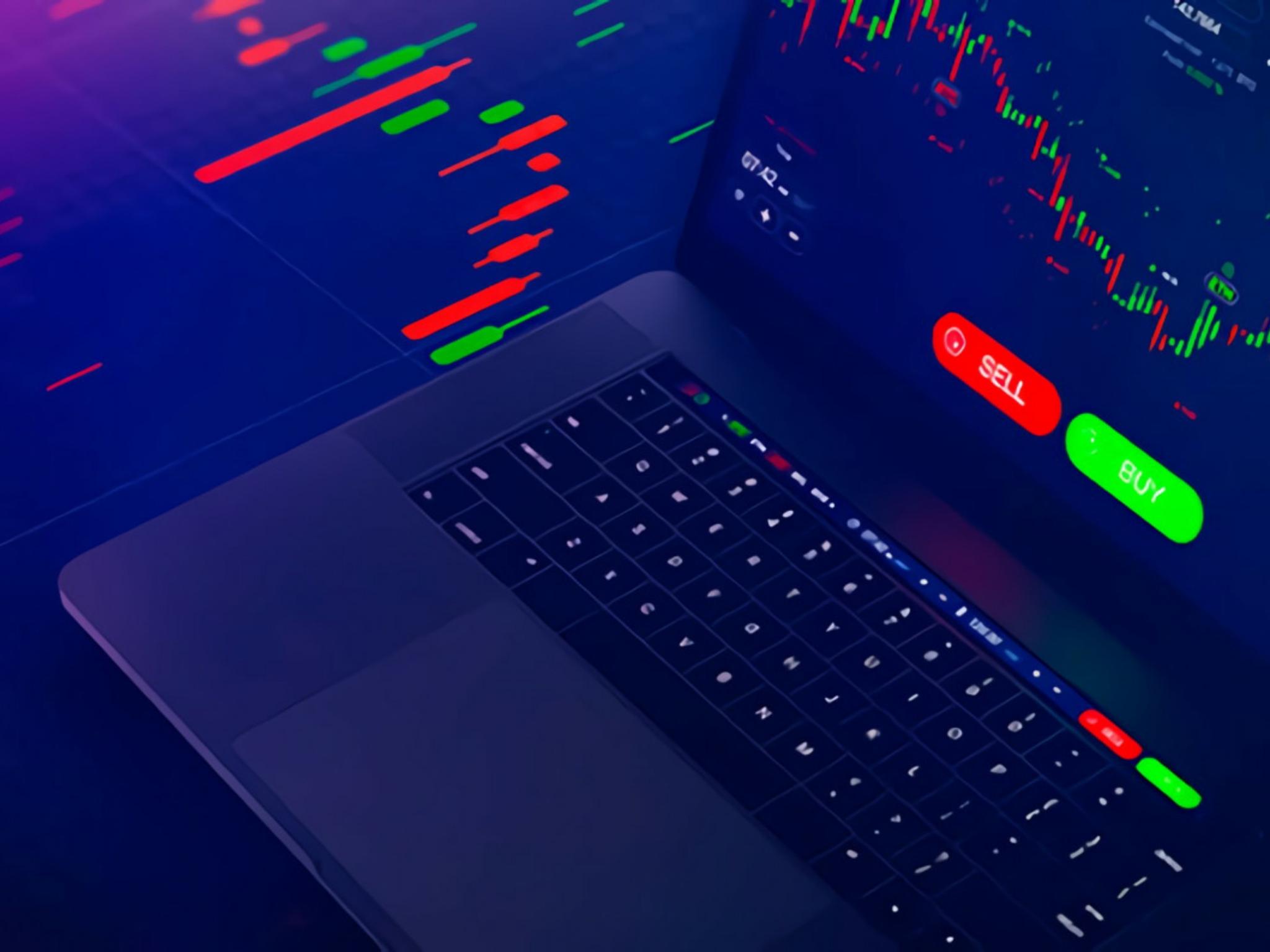
The US has technically entered a recession in the second quarter 2022 as the economy contracted 0.9% year over year, following a 1.6% decline in the first quarter. However, the official body that is tasked to make a call on whether the economy is in a recession has yet to declare that the US is in fact in an economic downturn.
Slowdown in private spending
In the April-June period, GDP shrank for the second straight quarter, which the US Department of Commerce attributed to the drag in private inventory and residential fixed investments, reduced federal government spending and a drop in non-residential fixed investment.
General merchandise stores and motor vehicle dealers in the US eased their inventory build-up in the recent quarter, leading to the drop in private inventory investment, while the government’s move to cut down on its non-defense spending resulted in lower federal government spending.
These factors offset the increase in exports and personal consumption spending in the second quarter.
While the second consecutive drop in GDP reached the widely accepted definition of a recession, the US, according to a body that gets to say when the country is already in one, has yet to make a call.
Who makes the call?
The National Bureau of Economic Research, a nonprofit organization founded in 1920, serves as the “official” arbiter of whether the US, the world’s largest economy, is in a recession or not. The NBER’s Business Cycle Dating Committee consists of eight members who are among the country’s top economists working at leading academic institutions.
The committee keeps track of the dates of peaks and troughs that frame economic recessions and expansions and its decision is based on a wider set of indicators including income, spending and employment.
The NBER defines a recession as a period that involves a “significant decline in economic activity that is spread across the economy and lasts more than a few months.”
Growth slowing
While the US is not in an official recession, many analysts acknowledged that the country’s economic growth is slowing. Even US President Joe Biden said “it’s no surprise that the economy is slowing down” as the economy came off of last year’s historic growth, regaining all the private sector jobs lost during the COVID-10 pandemic.
“But even as we face historic global challenges, we are on the right path and we will come through this transition stronger and more secure,” Biden said in a statement last week following the release of the quarterly GDP report.
Federal Reserve Chairman Jerome Powell also remains optimistic on the economy, telling reporters in a recent press conference: “I do not think the US is currently in a recession and the reason is there are too many areas of the economy that are performing too well.”

USD GDP Growth 1Q and NFP 1Q
Strong jobs data
“This is a very strong labor market ... it doesn’t make sense that the economy would be in a recession with this kind of thing happening,” Powell said.
In June, non-farm payrolls rose by 372,000 month over month, topping the 250,000 market estimate, with the unemployment rate unchanged at 3.6%, according to the US Bureau of Labor Statistics.
“The strong 372,000 gain in non-farm payrolls in June appears to make a mockery of claims the economy is heading into, let alone already in, a recession,” Andrew Hunter, senior US economist at Capital Economics, was quoted by CNBC as saying.
The strength in US consumption and employment are still providing support to the economy, but some analysts are warning that it is only a matter of time before the US succumbs to a recession as soaring inflation continues to dampen consumer appetite, while the volatility in financial markets linger due to uncertainties surrounding the COVID-19 pandemic, stagflation concerns and other factors.
The International Monetary Fund last week lowered its outlook on the US economy, now expecting a 2.3% growth this year, down from its previous 3.7% expansion forecast, while it expects the world economy to rise 4.2%, slower than its anticipated 3.6% growth forecast.







